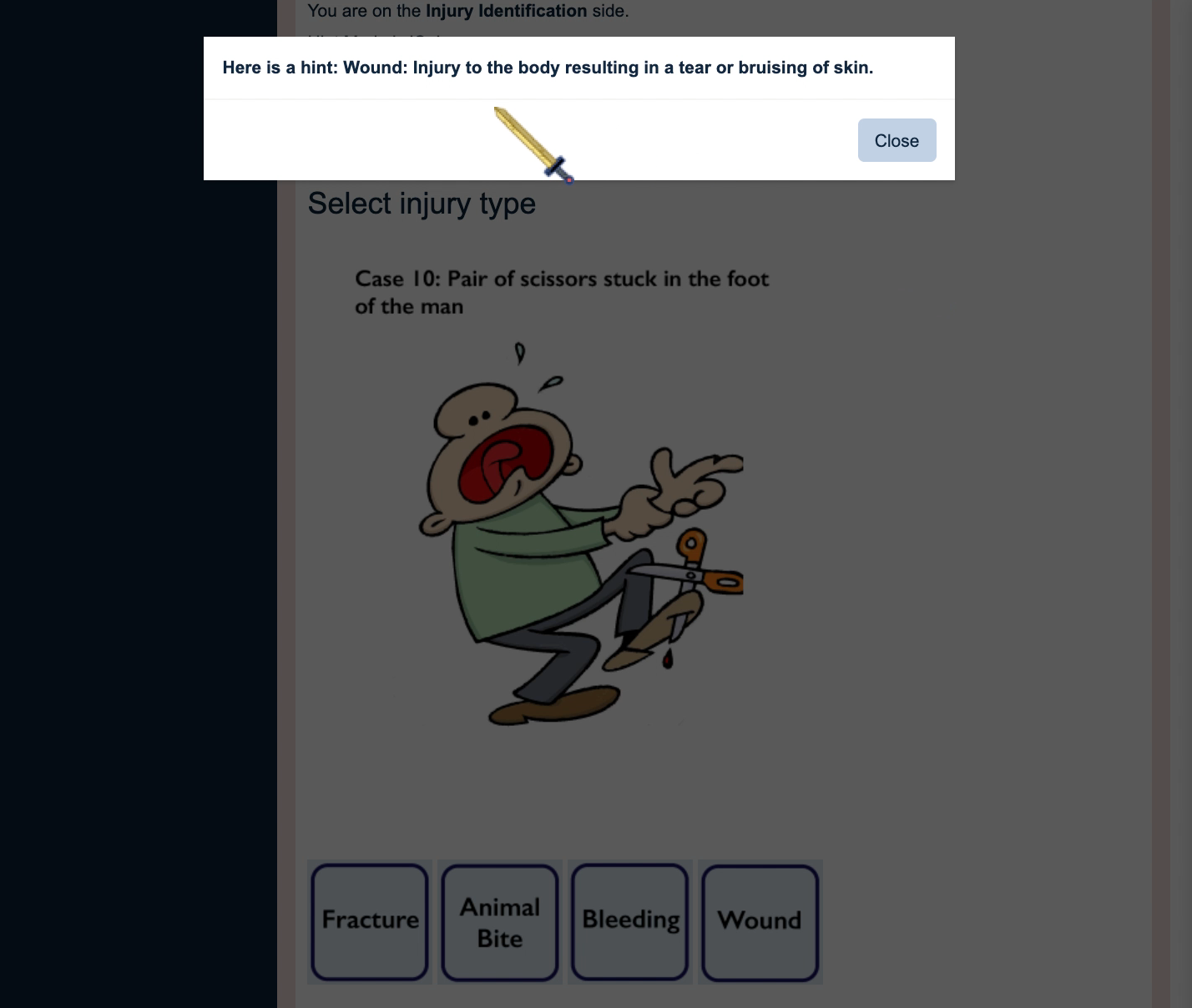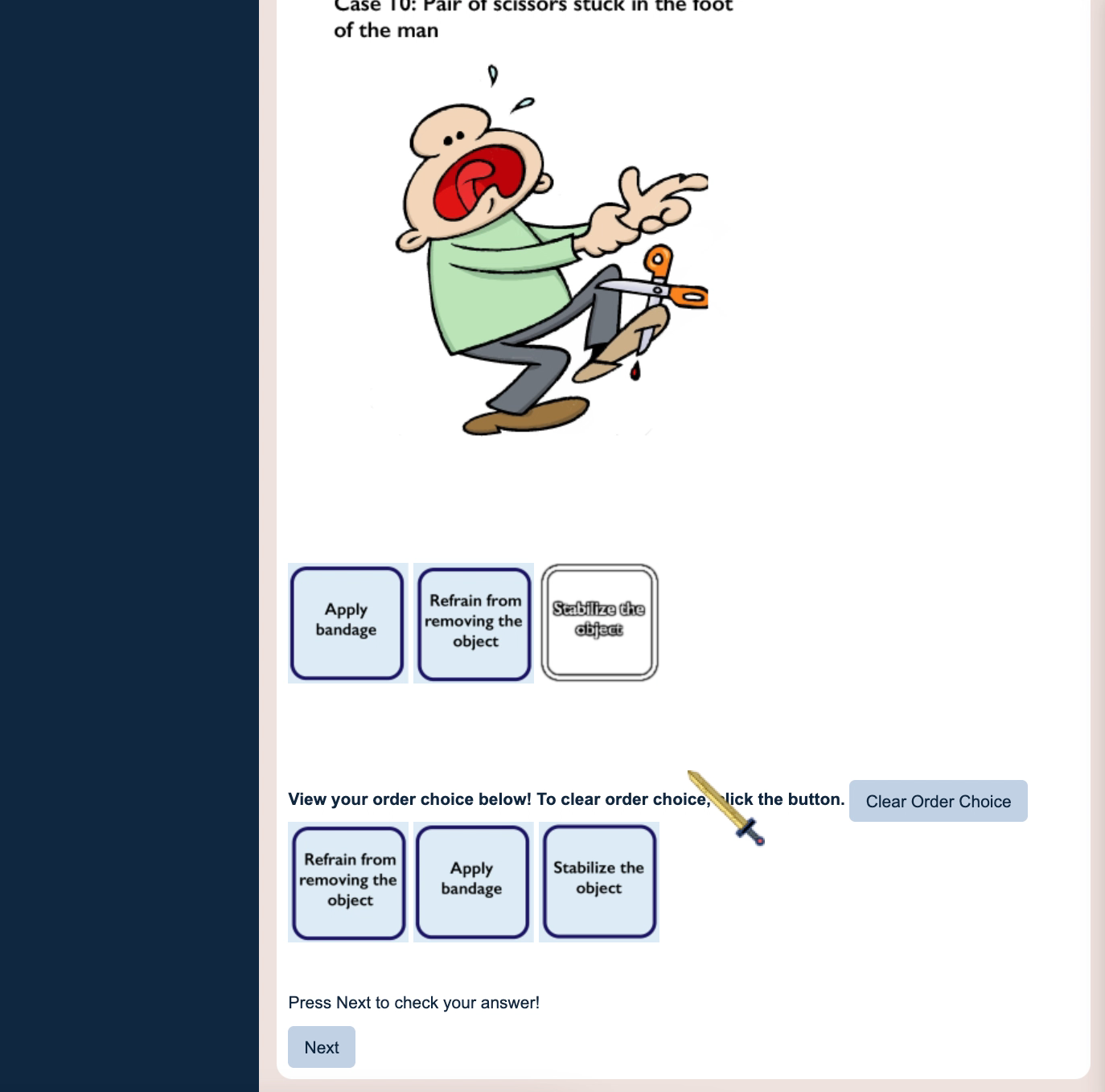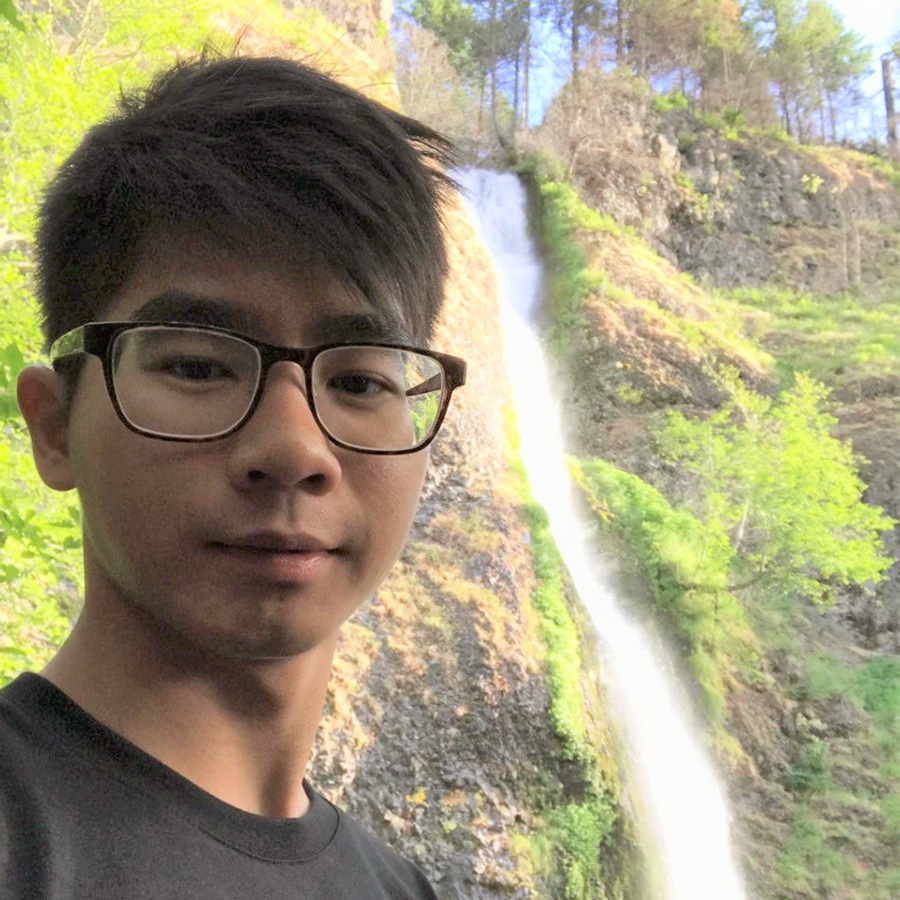We get the inside scoop from seniors on the best modules to take and how to ace them!
In Part II of this feature (read Part I here), we get seniors to share more of the best “portfolio boosters” out of the hundred-plus courses we offer at SUTD.
The hands-on approach of many of our courses – where students prototype and land on a tangible output at the end of the semester – has been crucial in helping students clinch competitive internships and permanent jobs.
Read on for the modules our students enjoyed the most – and don’t forget to check out Part I for more recommendations if you missed it!
Engineering Systems and Design (ESD)
SUTD senior Vaishnavi Divya Shridar recommends: Engineering Systems Architecture
What it is:
“Based in the programming language R, this covers the design considerations required in systemic thinking and problem-solving – including the creation of dynamic web applications using the Shiny package within R, data manipulation and visualisation, as well as optimisation using other R packages like dplyr and tidyverse. Systems project planning is also introduced, through tools like AS-IS and TO-BE diagrams, and logical architecture.”
Best part:
“I really enjoyed how interactive it was! Our professors constantly engaged us with activities and their passion for the subject was infectious. There was a good balance between programming theory and project planning, so we got a holistic view of both R-based coding and general systemic design thinking, which helps me to tackle any future project.”
Skills acquired:
“Database and user interface design, as well as how to create effective storyboards and concept sketches for project proposals. First-hand exposure to the different facets of project decision-making, from identifying user characteristics and concerns through surveys and questionnaires, to identifying required qualities of the solution, and maximising their effectiveness. I also got to improve my Adobe Illustrator skills when creating the scenario and graphics for the game project!”
My experience:
“For our main project, we developed an educational online game using RShiny and RShinyDashboard. My group created a First Aid-inspired game titled Collabear-Aides, with a bear mascot. One player has to identify the injury of the subject, while the second applied the appropriate treatment. Hint mode provides more information on the different treatment options so that players gain basic first aid education. We also created a time-based leaderboard to embody the real-world experience of applying first aid in an emergency. It was really time-intensive – from crafting all test cases to designing individual graphics – but the moment of exhilaration when our end product ran smoothly against all our test cases was a moment I’ll never forget!”
 When hint mode is activated, hovering the cursor above an option will reveal the relevant hint
When hint mode is activated, hovering the cursor above an option will reveal the relevant hint
Portfolio boost:
“On a portfolio, this module is highly relevant as it’s the basis for any systems project, along with the added appeal of R experience (versatile in statistical computing and even machine learning). It’s also the foundation for future applications of R to data analytics and simulation modelling in other modules. Plus, the soft skills of systemic project planning and teamwork prepared me to tackle all future systems engineering projects.”
 Question types include both multiple-choice and reordering of choices to ensure constant engagement and comprehensive understanding.
Question types include both multiple-choice and reordering of choices to ensure constant engagement and comprehensive understanding.
How to ace it:
“Collate all the information learnt every week in a single space, so that you can visualise all the skills and packages that you have picked up in one go. The content for every week tends to build off the previous week’s, so this will help you retain what you’ve learnt and further engage with new material.”
Final verdict:
“If you’re looking to build your basics in systemic design, this module is the best way forward! You’ll get the knowledge and practice required for both software-related (back-end and front-end development) and project-related success. Both professors are also highly knowledgeable and dedicated to setting aside time for all students.”
Bonus Freshmore module recommendation: Introduction to Design*
“This arms students with design thinking processes and relationship principles between form, space, structure and materiality, to create an innovative solution to a design problem. Learning about the social and cultural aspects of design was very interesting, and I learnt how to use 3D printers and laser cutters, and how to effectively present a design.”
Computer Science and Design (CSD)
SUTD senior Heng Jing Han recommends: Machine Learning

What it is:
“This module introduces the idea of making a computer smarter so it can help us in our daily tasks. The concepts learnt are applicable to many areas, ranging from robotics to healthcare. Intelligent machines can make the world a better place for all. For instance, during a guest lecture, we learnt how Professor Gregory Dudek (McGill University) leverages on robots for coral detection, location and protection. Machine learning, which is an integral aspect of the process, can literally save an endangered species from extinction.”
Best part:
“We got to interact and collaborate a lot with our professors and peers. The module project component also saw us trying out a very practical and useful system – sentiment analysis. We built the system from scratch and experienced the full process of developing a comprehensive and realistic system. Finally, the wide range of topics covered solidified our foundation and equipped us to pursue more complex concepts on our own.”
Skills acquired:
“I picked up how to scientifically read the attitude of a tweet/post on social media, solely based on the words, without using pictures and emojis. I even apply this new skill to process the words of others in my everyday interactions now, and it’s helped me understand their attitudes and feelings to a larger extent. As funny as it sounds, I was able to transfer scientific skills to social skills!”
My experience:
“If used correctly, sentiment analysis can uncover the underlying feelings and attitude of people based on social media data, and guide important decisions such as product recommendations, predicting social stance and forecasting financial market trends. We developed our own algorithm for sentiment analysis from scratch, using many of the concepts learnt in class, then participated in a design challenge, comparing our system’s performance with those of our peers. There was a cash prize for the winner with the highest performance score and we were excited to demonstrate our creativity and innovative approaches.”
Portfolio boost:
“I was able to contribute to Singapore’s economic recovery efforts during the pandemic in my internship using machine learning concepts, which was very meaningful to me. Using the core idea behind the module, I developed a programme that can quickly predict and identify small businesses that need urgent financial support. This enables manpower and financial help to be proactively provided to them before bankruptcy.”
How to ace it:
“The best tip I can give is to understand the deeper meaning behind what you are learning and how important it can be in the real world. Go beyond the syllabus, pick up things that interest you and initiate your own projects. Watch YouTube videos and chat with experts on LinkedIn. Before you realise it, your grasp of the module will be so solid that acing the module is just a side effect.”
Final verdict:
“I’d recommend this module to everyone, no matter what your field or area of interest is. Machine learning has far-reaching applications and relevance in almost every aspect of life. Governments use it to develop ideal policies; financial companies use it to foresee market conditions in turbulent times; healthcare sectors use it to improve medical diagnoses and treatments. The list goes on and on!”
Bonus Freshmore module recommendation: Introduction to Design*
“Design is all-inclusive and involves creativity, hard skills, and technical mastery. Ultimately, it’s not how things are, but how they can be better. We spent the whole term working around a theme, from understanding the user’s needs and constraints to considering ethical concerns and finally to product development. I learnt to see things from many different perspectives and develop empathy and appreciation.”
These courses simulate an immersive learning environment with real-world opportunities that result in amazing working prototypes. Design-and-maker-based learning ultimately underpins every aspect of SUTD’s curriculum.
In an evolving world that increasingly prioritises innovation, we recommend choosing a university where courses are designed to boost your portfolio and equip you with hands-on skills. Don’t forget to check out Part I of this feature for more great module recommendations from our seniors!
Develop your maker mindset and build a portfolio of exciting prototypes by pursuing a design-centred, interdisciplinary education at SUTD.
*All students go through a common curriculum for their first 3 Terms (Freshmore).
 Like what you just read?
Like what you just read?
To experience more SUTD innovations Designed for People x Powered by Tech like OSCAR, visit our Open House on 18 and 19 Feb, and visit our website https://openhouse.sutd.edu.sg/.
#whySUTD? We’re glad you asked – here’s why!
It can be hard to ask the right questions that will help you to decide which university to join, so we’ve compiled a list of FAQs for you here.
































